HUAUCHINANGO, Mexico: Torrential rains turned deadly in Mexico’s mountainous regions this week, unleashing flash floods and landslides that swept away homes, destroyed infrastructure, and left dozens dead. Within minutes, rivers of mud engulfed entire neighborhoods, trapping residents and forcing survivors to search desperately for loved ones amid the devastation.
At least 47 people have been confirmed dead since Thursday as floodwaters ravaged the hardest-hit states of Hidalgo, Puebla, Queretaro, and Veracruz, authorities said. The downpours triggered a cascade of destruction across the Sierra Madre Oriental, a mountain range that runs parallel to Mexico’s eastern coast. Many small villages in the area remain cut off, with telecommunications and basic services still down.
In the town of Huauchinango, located in Puebla state, grief and chaos dominate the scene. Standing near the lifeless body of her sister, Rosalia Ortega, 76, expressed a bittersweet sense of relief at being able to find her amid the mud and wreckage that swept through their home. “We’re sad, but at least we’re going to give her a Christian burial,” she told AFP. Nine people have been reported dead in Huauchinango alone, with extensive property damage across the town of roughly 100,000 residents.
The floods came suddenly. Late Thursday night, after hours of relentless rainfall, a mountain river overflowed its banks, sending torrents of muddy water through the streets. Residents had little to no time to react. “I have nothing,” said Maria Salas, a 49-year-old cook who lost five family members when their home collapsed in a landslide. Her own house was reduced to rubble. “I can’t get my belongings, I can’t sleep there,” she said, clutching an umbrella as soldiers guarded her devastated neighborhood.
Across the affected areas, families are struggling to bury their dead, find shelter, and recover what little remains of their belongings. Some are pooling scarce resources to cover funeral expenses, while others have taken refuge in temporary shelters.
For those who survived, the scenes are haunting. “The water was knee-deep,” recalled Petra Rodriguez, a 40-year-old domestic worker who fled with her husband and two sons. “We held hands so that if the water took one of us, it would take us all,” she said.
Elsewhere, residents are working tirelessly to clean what’s left of their homes. In partially damaged houses, neighbors used makeshift tools—plastic bottles, brooms, and shovels—to remove thick layers of mud. Karina Galicia, a 49-year-old teacher, showed AFP her flood-damaged home, still reeking of damp earth. “If we hadn’t run out, we would have been buried,” she said.
Not everyone has been able to return home. Adriana Vazquez, 48, trekked up a mud-covered path to check on her relative’s house, only to find a pile of debris where it once stood. “Her phone rang,” Vazquez said softly, “but I could barely hear her voice. I hope it’s just a bad connection.” Soldiers nearby used a backhoe to clear streets choked with mud, wood, and tin remains of homes.
Authorities say around 100 small communities remain unreachable, as blocked roads, power outages, and collapsed bridges have cut off communication and aid efforts. Emergency crews continue to search for survivors, while helicopters deliver supplies to isolated areas when weather permits.
Meteorologists say the catastrophe was fueled by a seasonal atmospheric shift, with warm, humid air from the Gulf of Mexico rising over the Sierra Madre Oriental’s steep slopes. Isidro Cano, a local meteorologist, explained that this phenomenon intensified cloud formation and rainfall, resulting in one of the most destructive weather events of the year.
Mexico has been battered by unusually heavy rains throughout 2025, with record-breaking precipitation even in Mexico City. The government has warned that extreme weather events like this could become more frequent as climate change alters regional rainfall patterns, threatening mountain and coastal communities across the country.

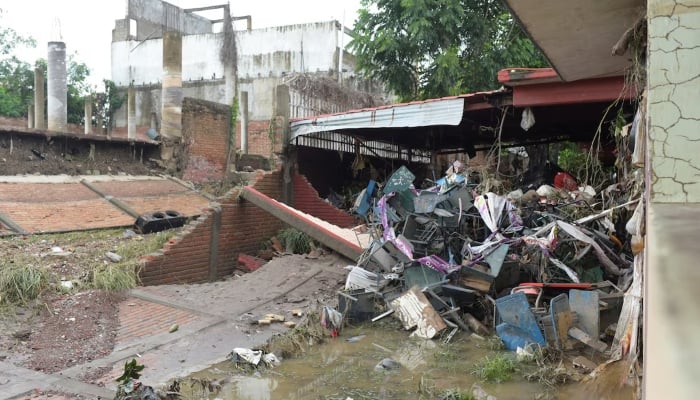




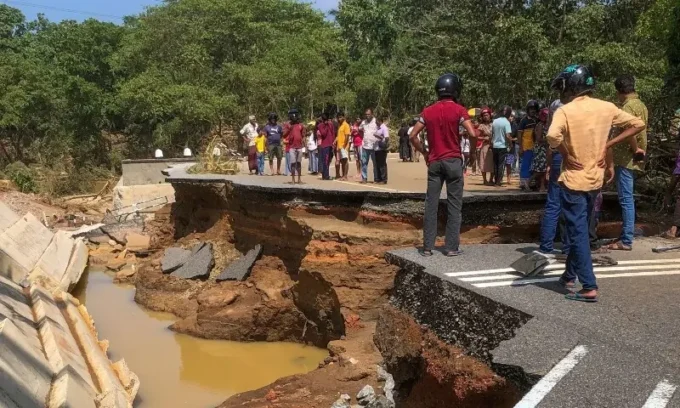
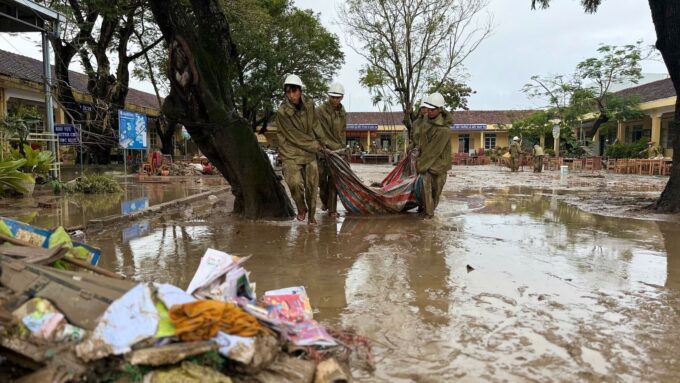
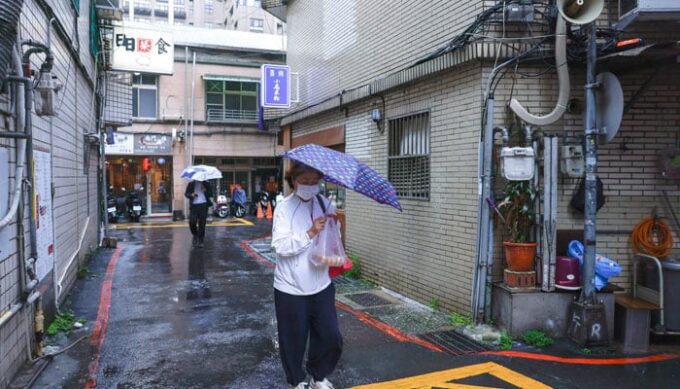
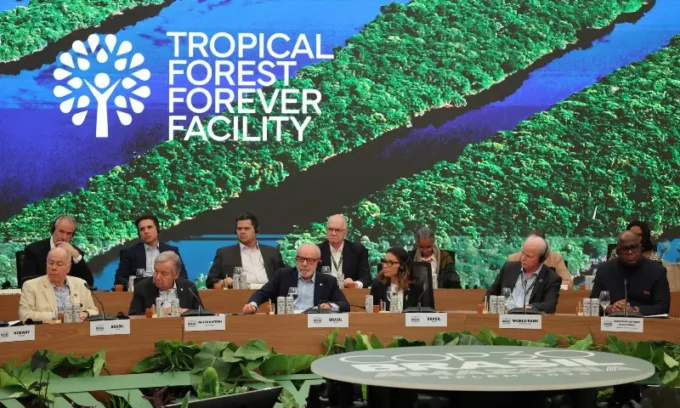



Leave a comment